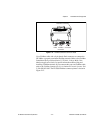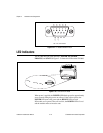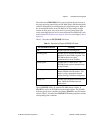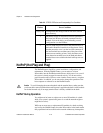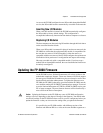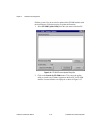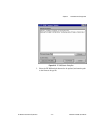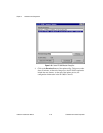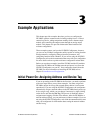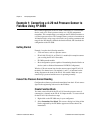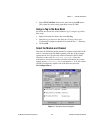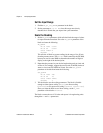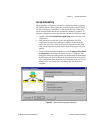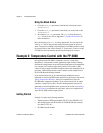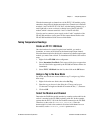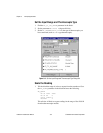
©
National Instruments Corporation 3-1 FieldPoint FP-3000 User Manual
3
Example Applications
This chapter provides examples that show you how to configure the
FP-3000 to perform common tasks, including reading from a 4–20 mA
current loop device, taking temperature readings from a thermocouple
module, and controlling the output current through an analog output
module. This chapter also provides information about hardware and
software configuration.
These examples assume you have the NI-FBUS Configurator; however,
you can use any Fieldbus configuration utility capable of writing function
block parameters, configuring linkages between parameters, and
configuring function block schedules. If you are not using the NI-FBUS
Configurator, refer to the documentation that came with your configurator
for more details on how to perform software configuration-related tasks.
Before you run these examples, install the FP-3000 and the I/O modules.
Connect the FP-3000 to the Fieldbus network and power it on. Start the
NI-FBUS Configurator on your PC. Your configurator should show the
FP-3000. For more information on installing the FP-3000, refer to
Chapter 2, Installation and Configuration.
Initial Power On: Assigning Address and Device Tag
If you are powering on the FP-3000 for the first time, you need to perform
some extra steps before you try these examples. You must assign each
FP-3000 a unique device tag and network address before it can become
operational. If you are using the NI-FBUS Configurator, the configurator
automatically assigns a network address to the FP-3000 when it powers up.
It also assigns a tag, which you can change if necessary by right-clicking
on the device and choosing Set Tag. The process of automatic address
assignment and tagging can take a few minutes. After the FP-3000 has a
network address and tag, you can perform any of these examples. If you are
not using the NI-FBUS Configurator, refer to the documentation that came
with your configurator for information about setting the network address
and device tag.



